Organic Vegetable Garden Basics
Work with nature
Organic food products are the trend these days after studies have shown that the age-old practice of using fertilizers and pesticides happens to be harmful to our health. This means that we have to change our approach and try something else. Organic vegetable gardening does not use any fertilizers, nutrients, or pesticides. You work with nature to get what you want.
Organically grown vegetables have more nutrients and vitamins compared to conventional farming. The same goes for its taste. The concept of organic vegetable farming is not new given that ancient civilizations have been doing it for years.
The resources to make this work
-
First is the soil.
Before you prepare the land or put in the seeds, you have to check its condition. Since you are not sure about its pH level, you should get some compost first and put it there as it neutralizes it if this is too high as well as provide a range of nutrients to prepare the soil for cultivation.
The type of soil affects the quality of plants. The soils made of clay are usually lauded for its excellent ability to hold water in, but sometimes it goes overboard, so caution is required.Sandy sieves require more assistance as they tend to slide off the water being placed on it. The addition of organic matter such as a composting mix also helps improve the ability to hold water.
Add compost, bone meal or rock phosphate and greensand to the soil to supply it with nitrogen, phosphorous and potassium. If the pH level of the soil is too high, add lime or sulfur to adjust it.
-
The second thing you need is water.
Ninety-five percent of the structure of the plant is composed of water. Almost all of the processes of the plant involves water, and this is why watering is one of the more important aspects of effective gardening for your vegetables’ organic garden. Together with light and carbon dioxide, water helps accelerate the necessary processes needed ineffective care of your plants.
An irrigation system is useful to provide the required amount of water in your garden. The natural sources of water, namely, precipitation and underground water systems, are often not sufficient for the plants. Most of the time, human intervention is required to ensure that the plants will reach their maximum potential. The frequency of your watering is proportional to the average amount of rainfall that falls on the area under which your garden lies.
-
The third is sunlight
. We may not control its movement but if we are able to plant our crops in an area that has sufficient exposure to the sun, whatever we plant will grow.
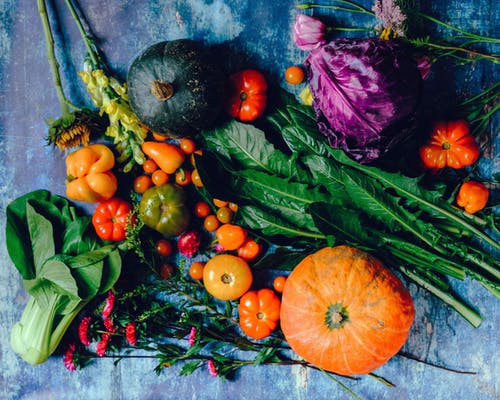
Insects
The crops are threatened by insects. This is why people are advised to use other insects, birds, and toads.
The toad is known to eat almost every type of insect. If you have caterpillars or spiders lurking in the garden, get a bird because this is not in the toad’s diet.
Create the ideal environment by, for example, putting a birdhouse or a small pond. Once they are in place, they will do the rest by patrolling your garden and eating those who seek to eat your crops.
Have a variety of plants in your garden. This way, you will be able to attract beneficial insects. These are the types that would feed on the pests that your garden may incur.
Plants can also be used to protect your vegetables. For example, the rosemary, sage or thyme is an effective deterrent against butterflies. Marigolds, on the other hand, are effective against nematodes.
Putting up a few barriers can also help. Row covers are known to prevent moths from landing and laying eggs. You can also use sticky traps and foil collars to stop pests and borers.
There are also organic pesticides around but some of them can only kill one or two kinds of pests. So before you buy them, make sure you know what you are dealing with.
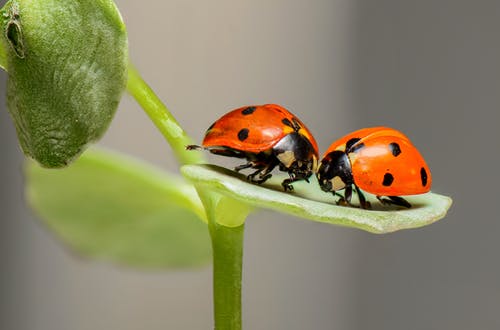
Fertilizers
Organically made fertilizers should be applied a month before planting begins. Some examples of them include the application of compost, manure, recycled leaves, grass clippings, coffee grounds, eggshells, and kitchen waste.
A helpful creature is an earthworm because it digs deep into the ground and aerates the soil bringing various minerals to the surface which also provides better drainage. This long pink colored creature also leaves casting behind that experts say is five times as rich in nitrogen phosphorous and potassium.
What kind of organic vegetables can you plant?
Well, just about everything. Some examples of these include broccoli, cabbage, carrots, onions, potatoes, and a lot more. You just have to know which of them can be planted during the different seasons of the year.
Plant the seeds
Each seed must be spaced by a certain distance so that the roots do not fight for water. In between each of the vegetables, you can plant other things as well because of the tighter space, the lesser the chances that weeds will grow.
If you don’t want to start making an organic vegetable garden using seeds, you can get starter plants instead but be aware that they cost a bit more and this takes the thrill out of gardening
Rotation
Crop rotation is the best way to preserve the fertility of the soil. This is done after you harvest the vegetables so it is ready for planting once again. For this to work, you have to plant in the same area a different vegetable.
Weeds
Don’t forget to remove the weeds that come out in your garden. You can pull these out by hand or spot spray it with the full strength of household vinegar. Best of all, it is safe for the environment.
Another non-toxic chemicals you can use to combat weeds is fish or seaweed-based liquid based fertilizers. These also release nitrogen, phosphate, and potash that is good for your crops.
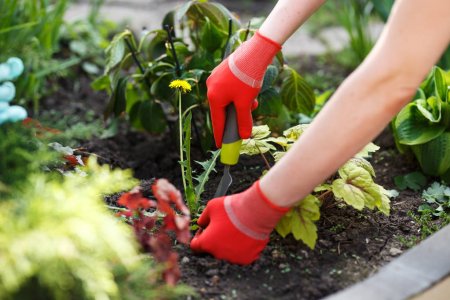
Different Vegetable Gardening Styles
What are the different types of gardening that you can look out for?
Residential Gardening:
This is the most common of all gardening techniques. If you are just a beginner and not yet inclined to produce vegetables for industrial reasons, then residential gardening is for you. The primary purpose of residential gardening is to sustain a family or two of a steady supply of vegetables and at the same time, render aesthetic appeal to your backyard.
Residential gardening does not require too much space. It can also be cultivated in window sills, balconies, and other small areas that have sufficient light source, easy to monitor, and at the same time, easy to maintain or free from pests. The good thing about residential gardening is the ease with which it ushers the gardening wannabe from having no knowledge of planting to expanding to other gardening styles, whichever deems the fancy of the budding gardener.
Impact Gardening:
If you are up to the challenge of blocking weeds with minimal costs, then impact gardening is for you. It involves using relatively small space and maximizing its gardening potential. The plants are often crowded together.
Indoor Gardening:
Residential gardening is under the huge scope of indoor gardening. Other types under this category include the gardens of conservatories, greenhouses, and academic institutions. Systems for heating and air conditioning may also be found for certain breeds of plants. If you are the type of gardener who really loves cultivating plants in and out of season, then indoor gardening is for you.
Organic container:
Organic gardening isn’t only for people who have backyards. This is because it can be done using containers.
Organic vegetable gardening containers have the advantage that you don’t have to deal with certain threats that can only happen outdoors like weeds, insects, or soil-borne diseases.
You can place the containers outside during the day and if the weather is too cold, bring them indoors and put them somewhere else like in the western or southern windows of your home.
The best organic vegetable gardening containers are those made from clay, plastic, or wood. The length of the roots and its width is the deciding factor when choosing what size you will buy from the store. For instance, if your vegetable happens to have 6 inches of roots and grows to about 10 inches wide, it is best to get a container that measures 8 inches deep and 10 to 12 inches wide. You must always give room for allowance as this may grow bigger.
Organic vegetable gardening containers do not use soil. You need to use a potting mix that is much lighter and provides excellent drainage. You need to use organic fertilizer though to help it grow. An example of this is a mulch that can be made from chipped bark, garden compost, leaf molds, and manure which helps prevent it from drying out.
Organic vegetable gardening containers have the advantage that you don’t have to deal with certain threats that can only happen outdoors like weeds, insects, or soil-borne diseases. But sometimes, bugs like the hookworm manage to get to your plant. If this happens, just bring the container to the sink and wash the leaves. Should there be slugs, get rid of them by sprinkling diatomaceous earth on the soil.
If there are aphids on your vegetables, fight fire with fire by getting other insects to do the dirty work. A pack of ladybugs will do the trick without causing any collateral damage.
The ideal vegetables to be planted in these containers are bush beans, capsicum, carrots, eggplant, lettuce, onions, peas, radishes, spinach, and tomatoes.
Water Gardening:
If you want to garden with minimal supervision and love water organisms, then water gardening is for you. This is a bit of a challenge for most gardeners because it usually doesn’t involve the initial conditions of other traditional gardening techniques. The novelty of water gardening appeals only to those who have ample water facilities to cultivate this type of gardening style.
Community Gardening
If you are motivated by group efforts, community gardening may be for you. It involves concentrated efforts of the different members of the community to be able to help make a greener place. It involves a huge scope, but the members of the community are given autonomy to style their areas in whichever way they choose.
Finally
Organic vegetable gardening is fun and rewarding to see that what you worked on for weeks is now being served on your dinner table. Organic vegetable gardening saves you both money and makes sure what you eat is chemical-free. So go ahead and experience the difference.
2 Comments
Trackbacks/Pingbacks
- Free Ebook Juice Recipes - Transformelle - […] Buy Organic! The point of juicing is to introduce your system to a wide variety of nutrients so the…
Submit a Comment
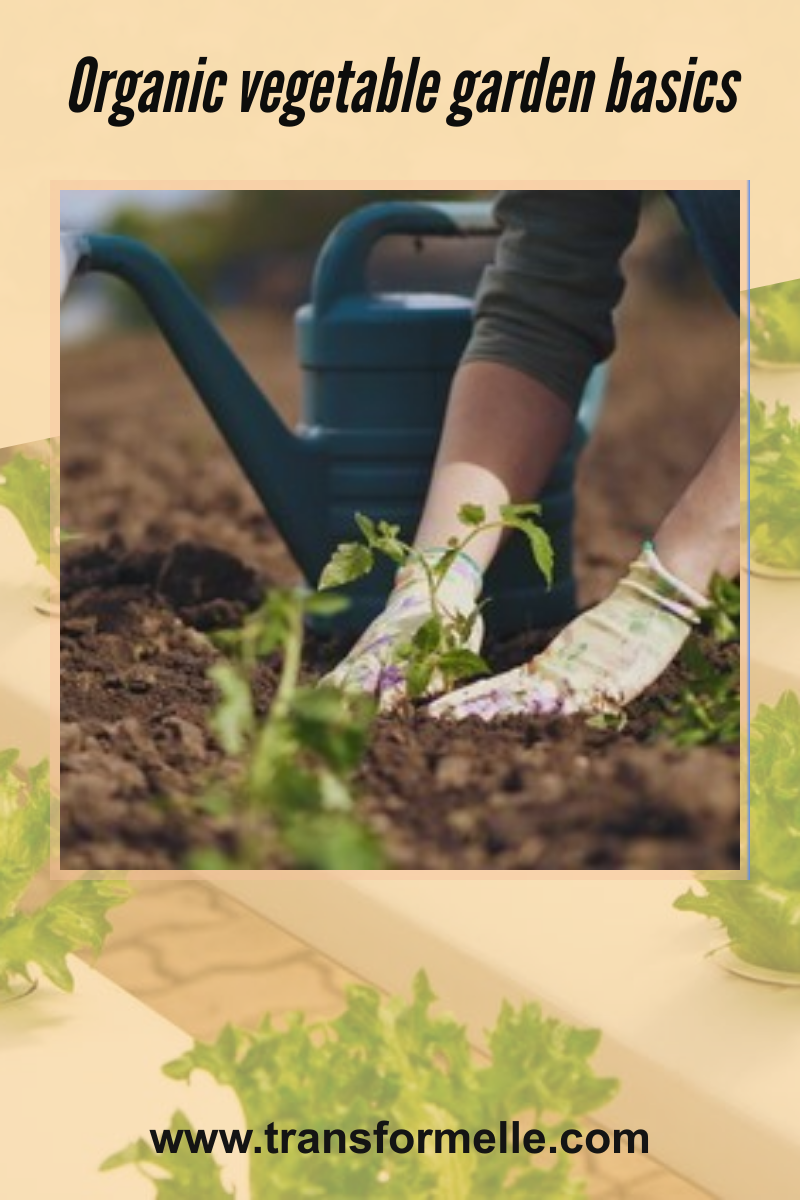
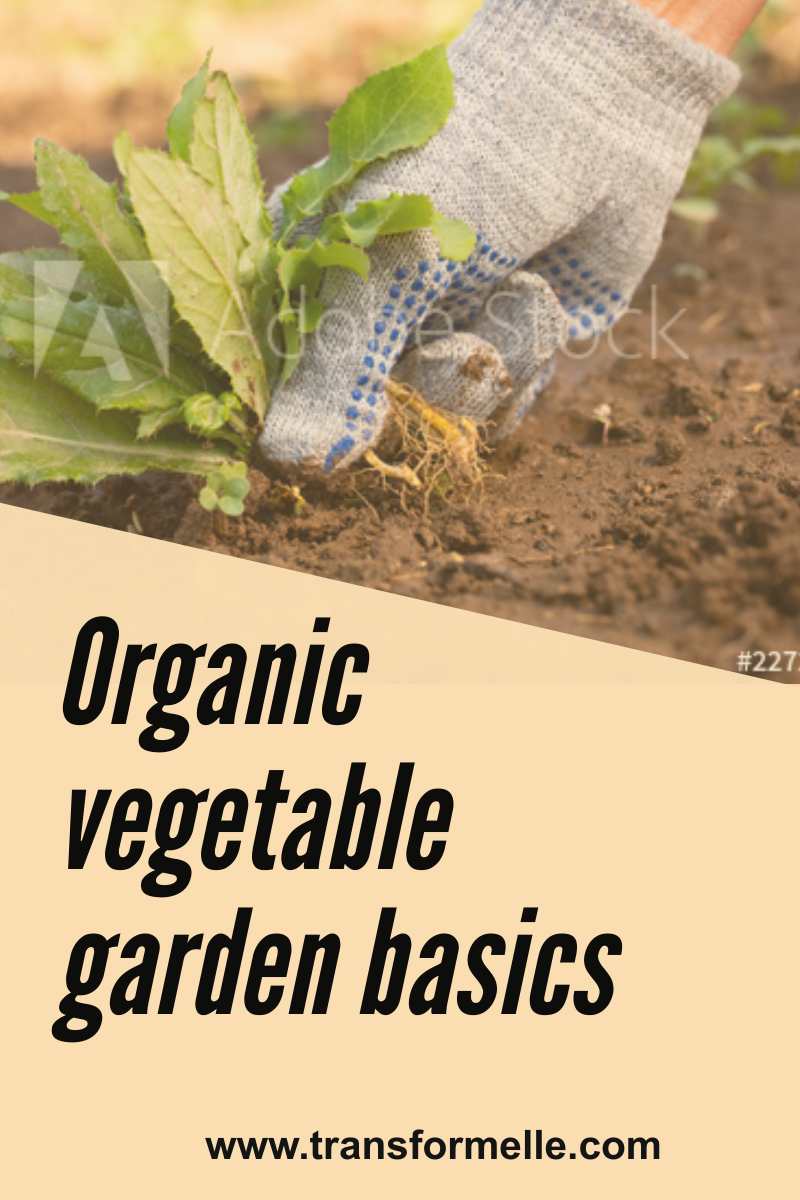
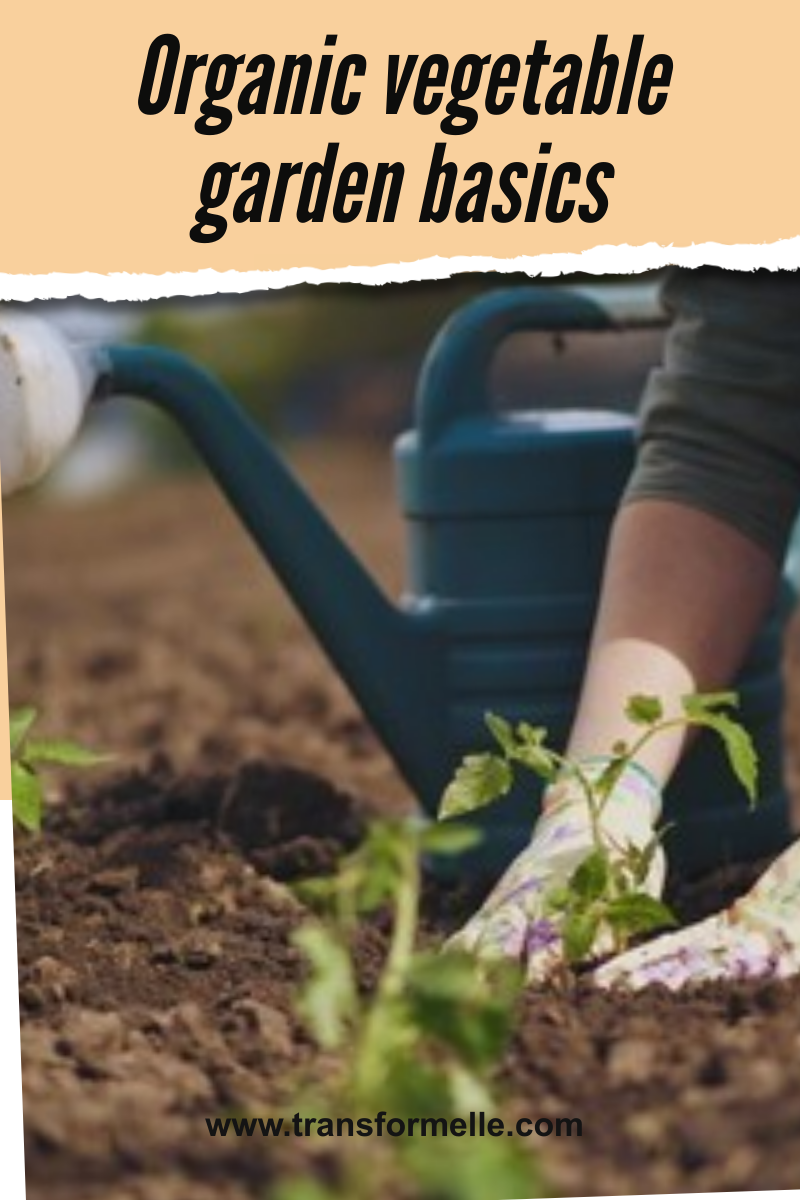
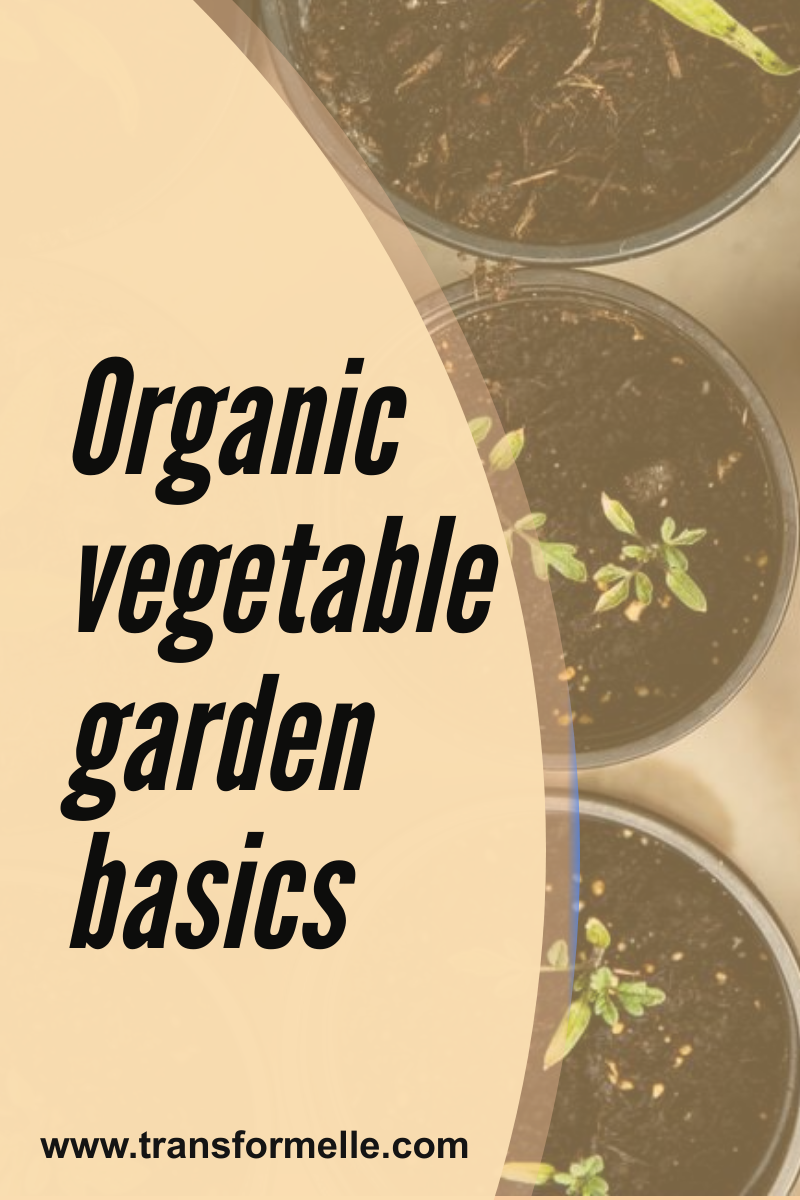
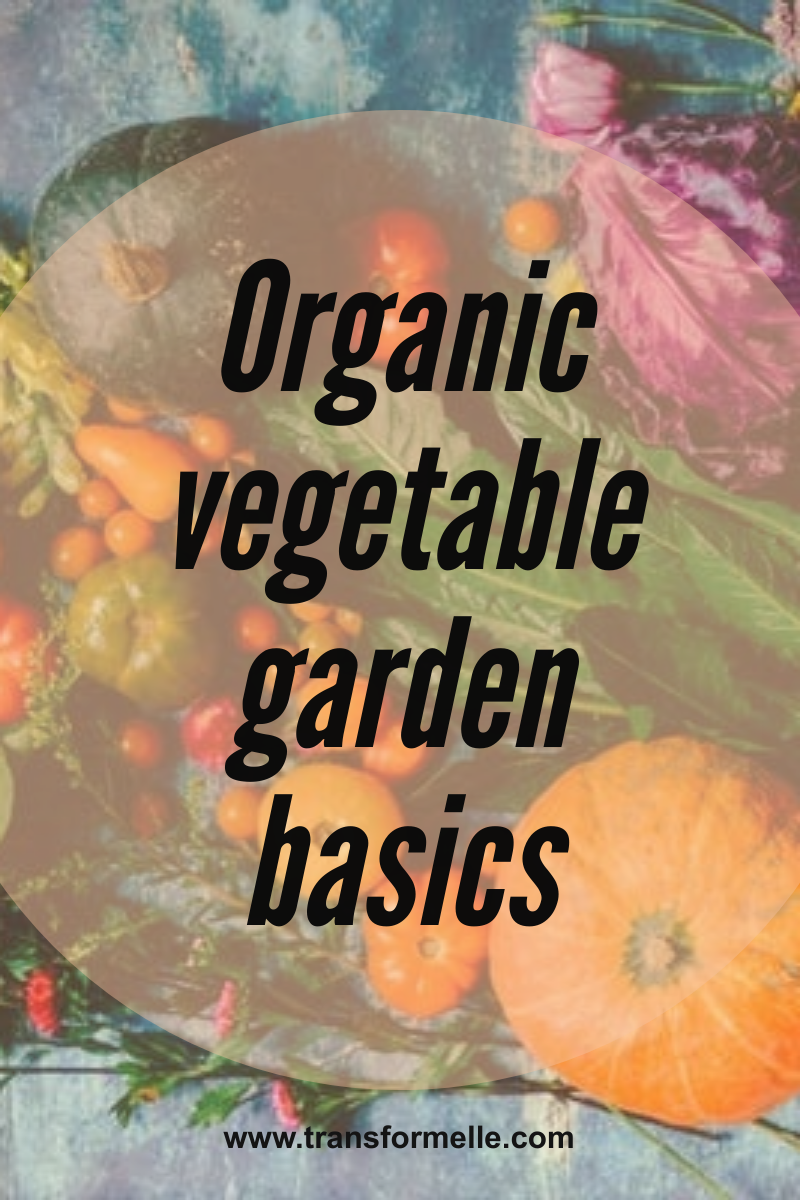
Did you find this post useful, inspiring? Save one of these pins above to your healthy lifestyle board on Pinterest.

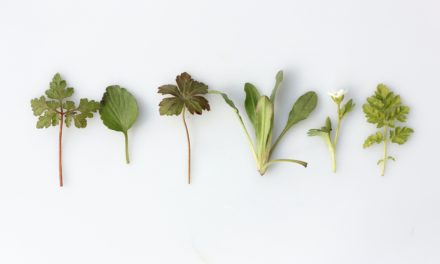
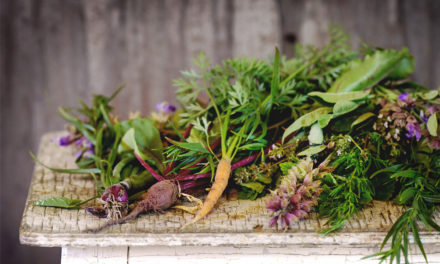
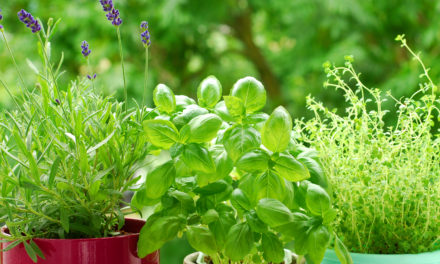
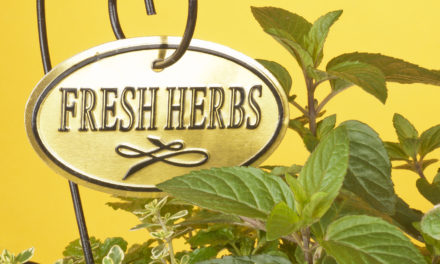
This is the right website for anybody who wants to find out about this topic.
You know so much its almost hard to argue with you (not that I actually
would want to…HaHa). You certainly put a new spin on a subject that has been discussed for a
long time. Wonderful stuff, just excellent!
Great post.